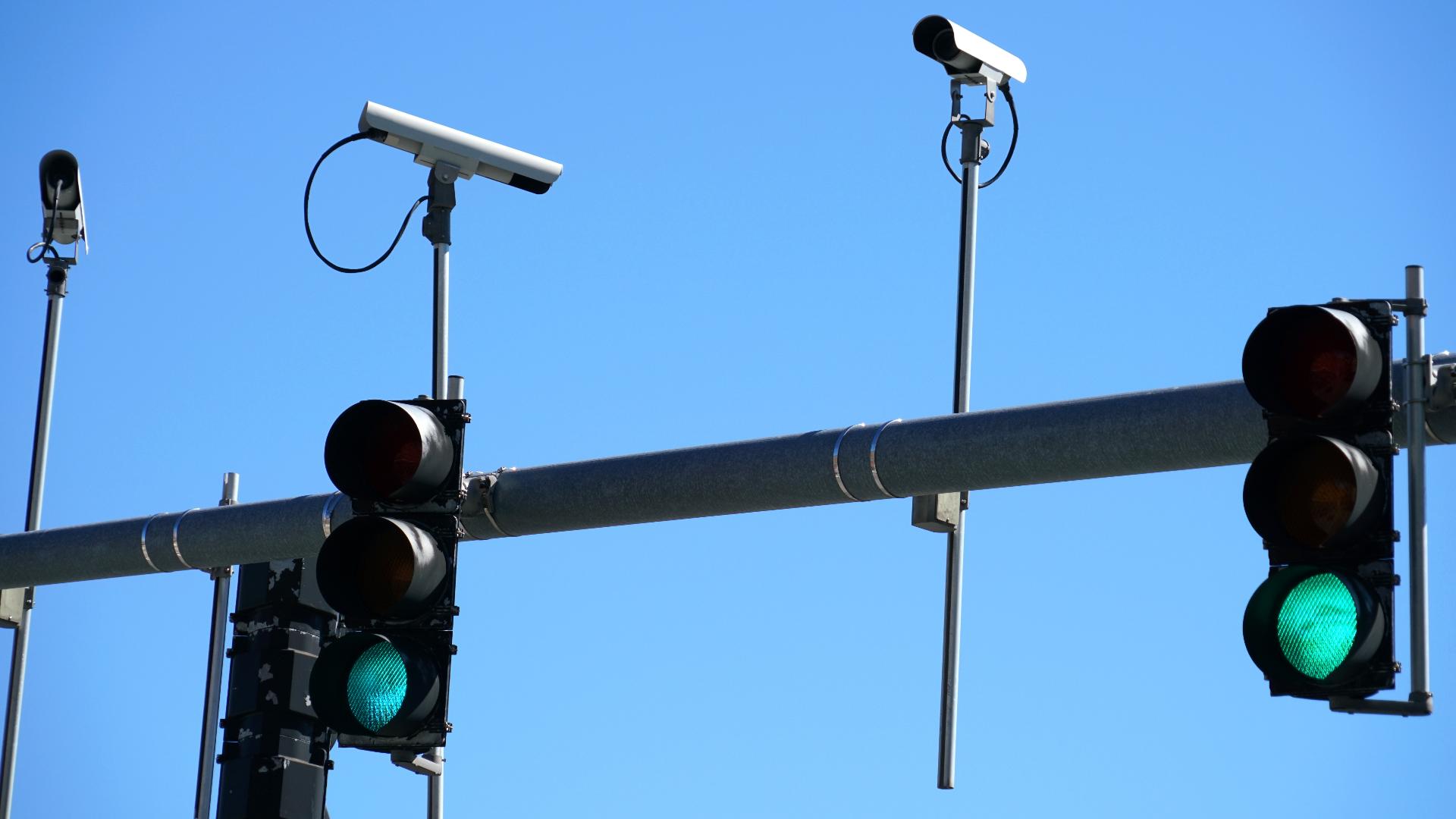
Border Patrol quietly monitoring US drivers for suspicious travel patterns
U.S. Border Patrol runs a covert nationwide camera network that scans license plates from millions of American drivers, flagging "suspicious" travel patterns to prompt stops, searches, and arrests without warrants.
Launched a decade ago to combat border crimes like drug and human trafficking, the predictive intelligence program has spread inland over five years, shifting from hunting wanted suspects to scrutinizing everyday routes.
Cameras, camouflaged in highway safety devices such as drums and barrels, capture vehicle data; an algorithm then evaluates origins, destinations, and paths, labeling patterns suspicious—for instance, backcountry roads, rental cars, or brief border-area trips.
Agents pass alerts to local police, who initiate pretextual traffic stops for infractions like speeding or a dangling air freshener, escalating to intense interrogations and vehicle inspections.
A probe—based on interviews with eight anonymous ex-officials, dozens of current officials, attorneys, privacy advocates, and thousands of court and government records—uncovers the program's secrecy: Border Patrol omits references in documents to dodge oversight.
Its parent, U.S. Customs and Border Protection (CBP), defends the setup as a tool to dismantle criminal networks, bound by "stringent" policies and constitutional limits, with authority to operate anywhere in the U.S. despite a primary 100-mile border zone.
The network now integrates data from DEA readers, private vendors, and grant-funded local systems; Texas police have requested Border Patrol assistance with facial recognition for driver identification.
Under Trump, CBP seeks $2.7 billion to infuse AI into expansions.
Legal scholars flag Fourth Amendment breaches in blanket surveillance that tracks "everyone and everywhere at every time," according to George Washington University professor Andrew Ferguson.
UC Law San Francisco's Nicole Ozer stated: "They are collecting mass amounts of information about who people are, where they go, what they do, and who they know. These surveillance systems do not make communities safer."
